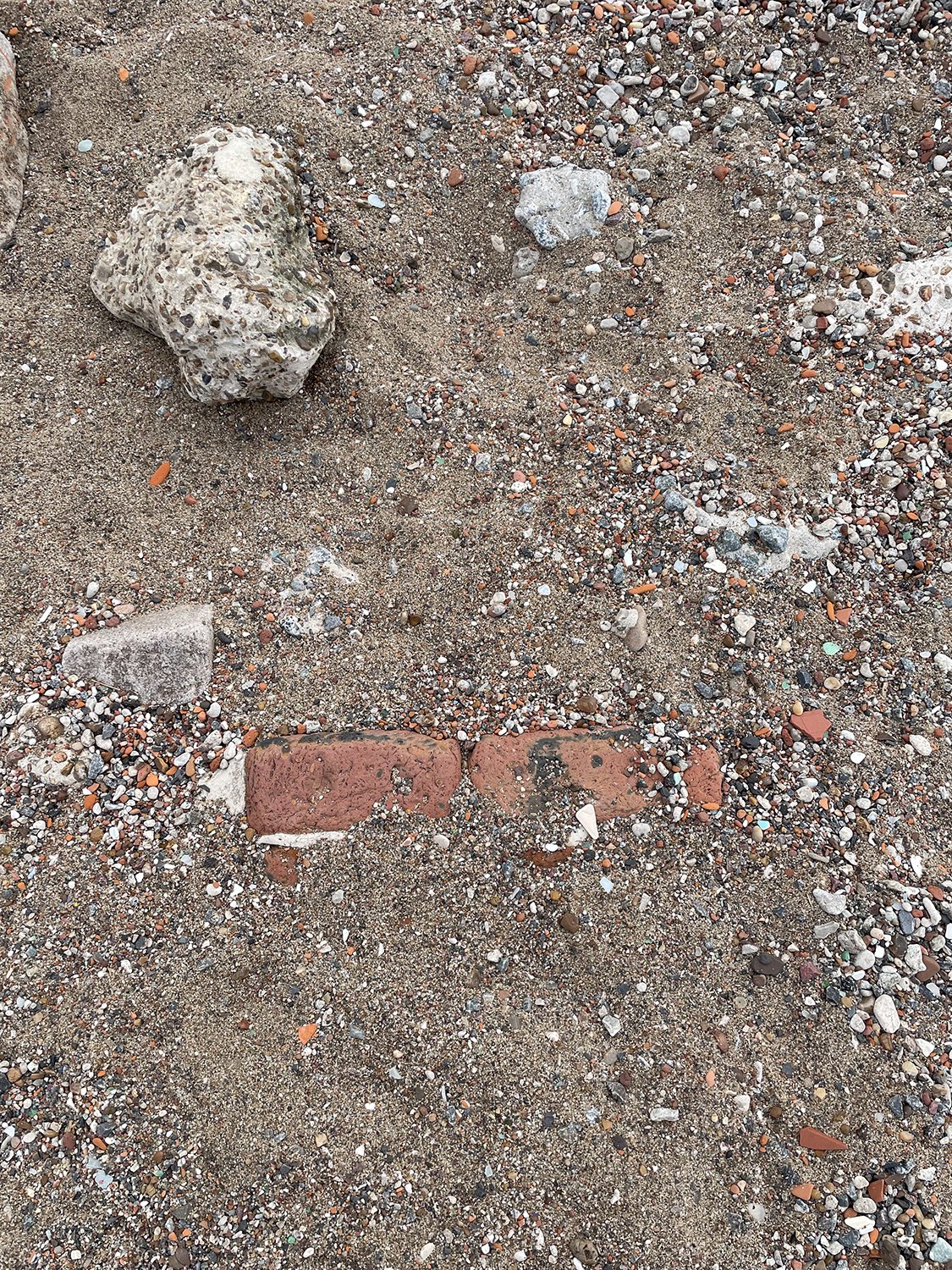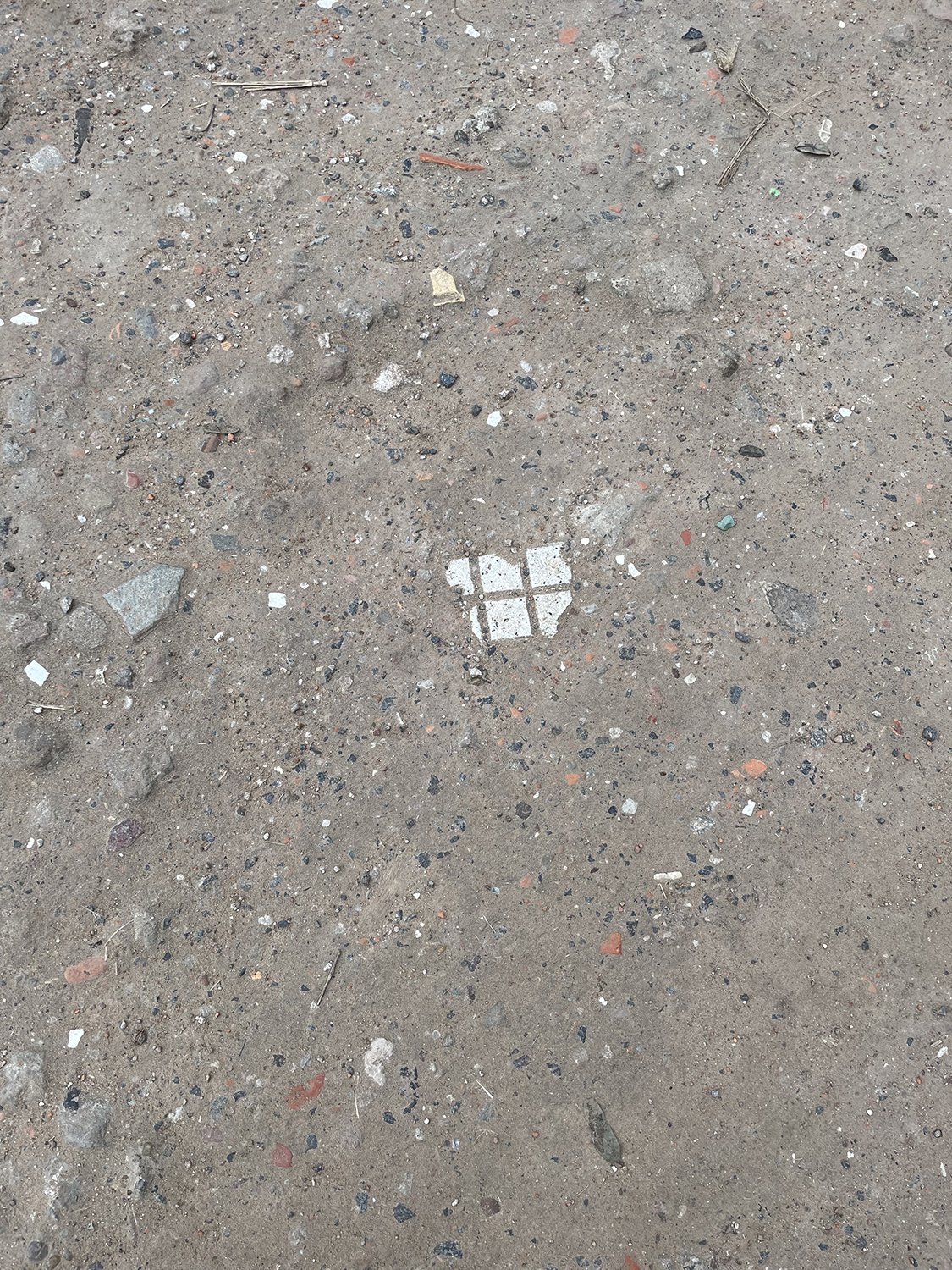Todo Cambia (Everything is changing)
Video, series of photo, objects, 2021
«Todo cambia» – means «Everything is changing» in Spanish. Also it is the famous song of Argentinian national singer Mercedes Sosa, who was banned and persecuted during the period of civic-military dictatorship in this country (1976–1983). At this time, as a result of the state-delivered violence, between 10,000 and 30,000 people were killed or disappeared.
During my residency in Argentina, I visited the Costanera Sur ecological reserve in Buenos Aires, which stands on the river La Plata, neighbouring the luxury skyscraper district Puerto Madero. This is a wonderful area of wild nature right next by the roaring megapolis, representing the rich biomes of the «pampas» grasslands, wetlands and river coast, full of birds, plants and insects to peacefully observe – and a perfect place for joggers and cyclists, couples and families, birdwatchers and regular tourists to spend their day.
Though, it is also a place that keeps the memory about the tragic events of Argentina's near past. It was artificially made in the late 70s when the military government launched the project on the motorways construction. To complete it, many streets with the old private households in several Buenos Aires districts were demolished, and the debris from these buildings was thrown into the river. Rio de la Plata itself has witnessed a lot the crimes of the dictatorship – when many of the kidnapped people, among whom were students, artists, intellectuals and literally every person who was suspected of being left-wing activist, were executed by pushing out of the aircrafts flying above the river and then found dead from hitting water or drowning.
But the nature absorbed this new piece of land, all consisting of debris that used to be people's homes, and it became a part of the landscape. During the decades, trees and grass have been covering it with their green, and the tides have been smoothing the bricks, slowly wiping out all the memories about that tragic events and people's deaths and lives. Today those who don't know the background behind this place, would never even recognise it as something made artificially. And only if you take a closer look, you will be able to notice these remains of history among the grass, water and sand, to distinguish them in the surrounding landscape.
And for me Costanera Sur is an outstanding example of how even the most painful moments of the history gradually receding into the past, and how even the most horrible wounds are lingering. But the memory, even when it's changing, still stays there, like the scars from the wounds that were healed. Also Costanera Sur is about the nature and its strong and all-conquering essence, flexible and fluid, indifferent to any our happiness or suffering, overcoming and outliving anything human-made, wether it is good or harm.
To feel this ever-changing character of Costanera Sur, of the history of Argentina and of the world itself, I placed a small speaker playing the song «Cambia, todo cambia» by Mercedes Sosa – who also suffered from the dictatorship and survived it, similarly to this place – into the coastal landscape of the reserve, so that it became a part of it, along with the remains of people's homes that rest here. The video documents this process and me observing it behind the camera.
The second part of the project is the series of photos on which I documented the textures of the Costanera Sur coast. Printed in a large format, they become almost abstract paintings, on which you really need to look closer to distinguish the remains of brick walls and other details that once used to be someone's houses.
And the third part of the project is the collection of material evidence that I collected from the coast. These are small shards of tiles, mosaic and other decoration that used to cover the floors and the walls in the demolished buildings. I only borrowed them from Costanera Sur – because I cannot take with me forever the piece of the history that is not mine, as I am not an Argentian. So the forth part of this project is my promise to myself and to the place – to come back and put these evidence where they belong to.
Project created during my residency in «Residencia Corazon» (La Plata, Argentina), supported by Ukrainian Cultural Foundation, in July–August 2021.
The superficial is changing,
The profound is also changing,
Ways of thinking are changing,
Everything in this world is changing.
Over time the weather is changing,
The shepherd's herd is changing.
And just as everything else is changing,
That I am changing is not strange.
The finest diamond's shine is changing,
As its brilliance is wearing off.
The little birdie's nest is changing.
The lover's feelings are changing.
The traveler's path is changing,
Even though it's painful for him.
And just as everything else is changing,
That I am changing is not strange.
Changing, everything is changing…
Changing, everything is changing…
The sun's path is changing
When the night is coming.
The plants are changing
By the green of the spring.
The fur of the wild beasts is changing,
The hair of the wise ones is changing.
And just as everything else is changing,
That I am changing is not strange.
But my love is not changing,
No matter how far away I am.
Nor the memory nor the pain
Of my place and of my people.
That which has changed yesterday
Will have to change tomorrow.
Just as I am changing
In this faraway land.
Changing, everything is changing…
Changing, everything is changing…
Author: Julio Numhauser
Performed by Mercedes Sosa
Publisher: PolyGram Discos S.A.
Released in 1985
Translated by Olia Fedorova by materials of the muzikum.eu














